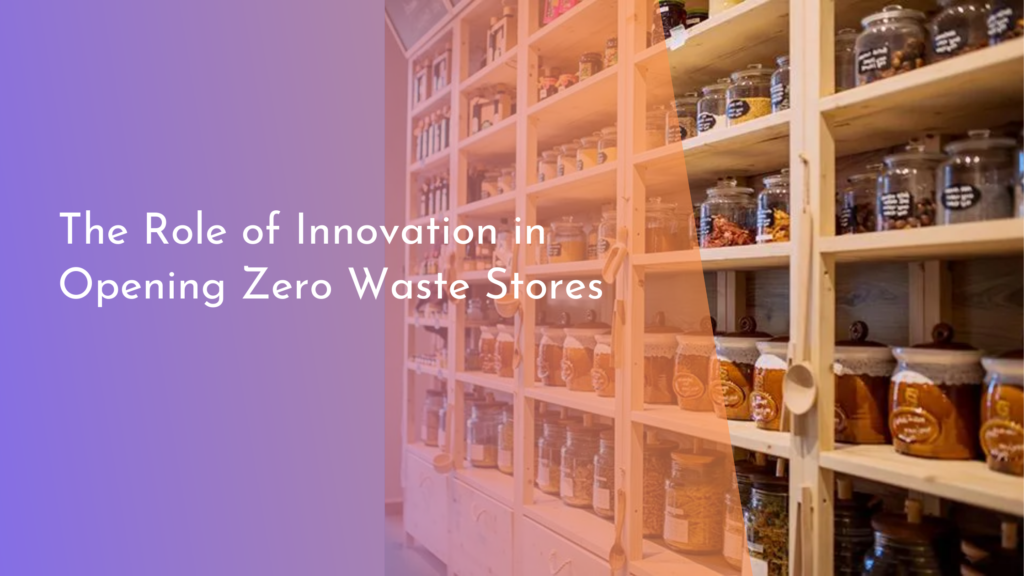Restoring Urban Brownfields with Hyperaccumulator Plants
Urban brownfields, often characterized as abandoned or underutilized industrial sites, pose significant environmental and health challenges. These areas are frequently contaminated with hazardous substances, making them unsuitable for development or public use. However, there is growing recognition of the potential for these neglected spaces to be transformed into vibrant green areas that contribute to urban biodiversity and community well-being. One innovative approach to restoring these brownfields involves the use of hyperaccumulator plants, which have the unique ability to absorb and accumulate heavy metals and other pollutants from the soil.
As cities grapple with the dual challenges of pollution and the need for green spaces, the integration of ecological restoration techniques, particularly through the use of hyperaccumulators, offers a promising solution. These plants not only help remediate contaminated soils but also enhance the aesthetic and ecological value of urban landscapes. This article explores the challenges of urban brownfields, the role of hyperaccumulator plants in their restoration, inspiring success stories, and ways individuals can get involved in urban greening projects.
Understanding Urban Brownfields and Their Challenges
Urban brownfields are often remnants of past industrial activities, leaving behind a legacy of contamination that can hinder community development. These sites may contain a range of pollutants, including heavy metals, hydrocarbons, and other hazardous materials, posing risks to both human health and the environment. The presence of such contaminants makes it challenging to repurpose these areas for residential, commercial, or recreational use. Additionally, the stigma associated with brownfields can deter investment and community engagement, further exacerbating urban decay.
The challenges of brownfields extend beyond environmental concerns; they also impact social equity and quality of life. Many brownfields are located in economically disadvantaged neighborhoods, where access to green spaces is already limited. The lack of recreational areas can contribute to health disparities and reduce the overall well-being of residents. Addressing these issues requires innovative solutions that not only remediate the land but also foster community revitalization and engagement.
The Role of Hyperaccumulator Plants in Restoration
Hyperaccumulator plants are a remarkable group of species that possess the ability to absorb and concentrate heavy metals and other contaminants from the soil. This natural process, known as phytoremediation, offers an environmentally friendly solution to the challenges posed by urban brownfields. By planting hyperaccumulators, contaminated soils can be detoxified over time, allowing for the restoration of these areas to a safe and usable state. Some well-known hyperaccumulators include species like mustard greens and certain types of ferns, which can thrive in harsh conditions while effectively cleaning the soil.
In addition to their remediation capabilities, hyperaccumulator plants contribute to urban biodiversity and enhance the aesthetic appeal of brownfields. As these plants grow and flourish, they create habitats for various wildlife species, promoting a balanced ecosystem within the urban environment. This dual role of hyperaccumulators—cleaning the soil while beautifying the landscape—makes them an essential component of sustainable urban development initiatives aimed at transforming brownfields into thriving green spaces.
Success Stories: Transforming Brownfields with Greenery
Across the globe, there are inspiring examples of urban brownfields being transformed through the use of hyperaccumulator plants. One notable project is the "Gowanus Canal" in Brooklyn, New York, where local organizations have employed hyperaccumulators to remediate contaminated soils along the canal’s banks. This initiative not only helps improve soil health but also creates a vibrant green corridor that enhances community engagement and recreational opportunities. The project has sparked interest in similar urban greening efforts throughout the city, showcasing the potential for brownfield transformation.
Another success story can be found in the city of Philadelphia, where a former industrial site has been converted into a community park using hyperaccumulator plants. The park serves as both a recreational space for residents and a demonstration site for ecological restoration practices. By incorporating hyperaccumulators into the landscape design, the project has effectively addressed soil contamination while providing a beautiful green space that fosters community interaction and environmental education. These examples highlight the transformative power of nature in urban settings and the potential for revitalizing neglected areas.
How You Can Get Involved in Urban Greening Projects
Getting involved in urban greening projects is a fantastic way to contribute to the restoration of brownfields and enhance your community’s environment. Many local organizations and non-profits focus on urban greening initiatives, often seeking volunteers for planting events, educational workshops, and community clean-up days. By participating in these activities, you can help plant hyperaccumulator species and learn more about the importance of ecological restoration in urban settings. Your involvement can make a tangible difference in transforming neglected areas into beautiful, functional green spaces.
In addition to volunteering, you can advocate for urban greening projects in your community by connecting with local government representatives and expressing your support for initiatives that focus on brownfield restoration. Engaging in discussions about the benefits of using hyperaccumulator plants and other sustainable practices can help raise awareness and encourage more people to get involved. Whether through direct action or advocacy, every effort counts in the movement toward greener, healthier urban environments.
The restoration of urban brownfields with hyperaccumulator plants offers a hopeful vision for transforming neglected spaces into thriving green areas. By understanding the challenges these sites present and recognizing the potential of hyperaccumulators, communities can take significant strides toward ecological restoration and urban revitalization. Success stories from cities around the world demonstrate that with creativity, collaboration, and community engagement, it is possible to turn brownfields into valuable assets. By getting involved in local greening projects, you can play a vital role in this positive transformation, contributing to a healthier and more sustainable urban future for all.

